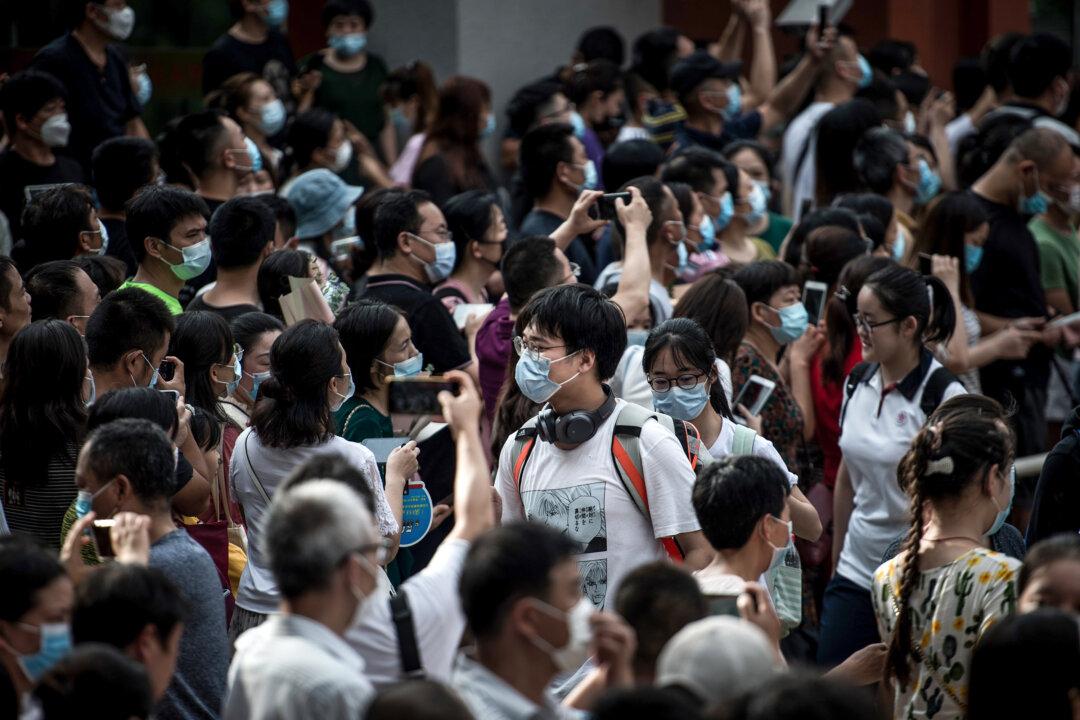News Analysis
In order to save itself from the aging crisis, China needs to increase the number of young workers or increase the education and productivity of its current workers. Either policy would be very costly and could take decades to pay off.

In order to save itself from the aging crisis, China needs to increase the number of young workers or increase the education and productivity of its current workers. Either policy would be very costly and could take decades to pay off.